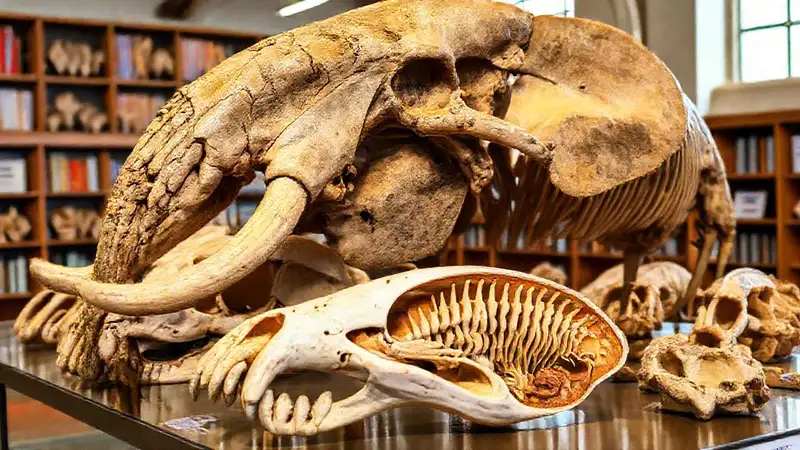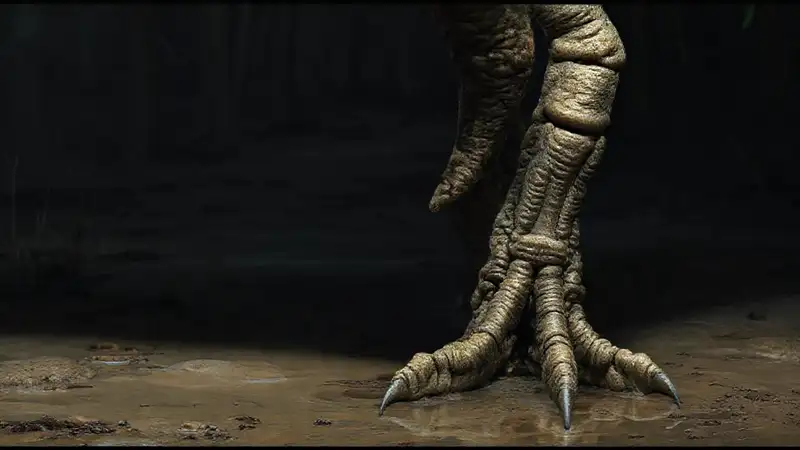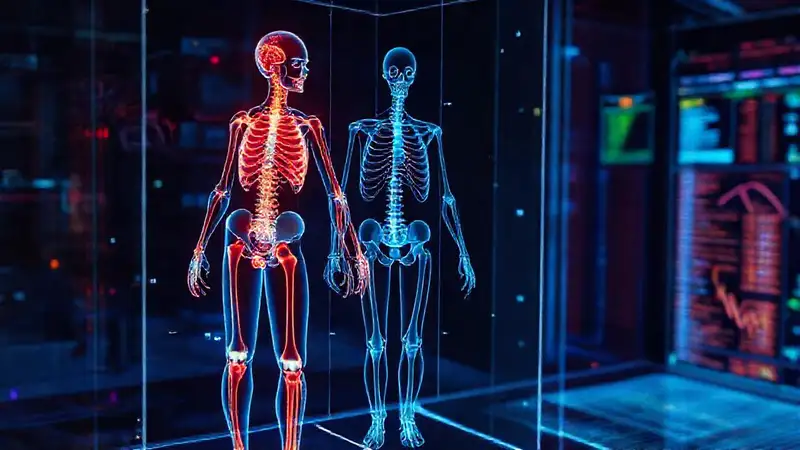Paleontology has undergone a dramatic transformation in recent decades, largely thanks to advancements in technology. Historically, understanding dinosaur evolution relied heavily on incomplete fossil finds, often fragmented and difficult to interpret. Researchers painstakingly compared bones, searching for similarities and differences to build evolutionary trees. However, the advent of digital reconstruction has revolutionized this process, providing unprecedented opportunities to analyze and visualize complex anatomical data. This shift has allowed us to explore potential evolutionary relationships with far greater precision and detail than was previously possible.
The use of virtual models allows us to address challenges posed by poorly preserved fossils, fill in missing anatomical details using comparative anatomy, and even test hypotheses about posture and movement that were previously only speculative. By creating detailed, three-dimensional reconstructions, paleontologists can now engage in a more nuanced and objective assessment of phylogeny, pushing the boundaries of our comprehension regarding the dinosaur family tree.
The Rise of Digital Reconstruction Techniques
Initially, virtual reconstruction relied heavily on manual modeling, a time-consuming and subjective process. Early attempts often produced static, somewhat crude models that reflected the biases of the sculptor. However, the development of Computer-Aided Design (CAD) software, coupled with increasingly sophisticated 3D scanning techniques, has dramatically improved the speed and accuracy of the process. Modern scanning methods, such as photogrammetry, can capture incredibly detailed surfaces from multiple angles, feeding the data directly into virtual modeling programs.
Today, programs like Blender and ZBrush are routinely used to refine and manipulate these scans, allowing paleontologists to create highly realistic and accurate digital skeletons. Furthermore, the integration of biomechanical modeling software enables the simulation of muscle attachment points and potential movement patterns, adding another layer of complexity to the reconstruction. This move toward procedural modeling – where the software generates the model based on defined rules – minimizes human bias and improves consistency.
Phylogenetic Analysis and Comparative Anatomy
Phylogenetic analysis is the cornerstone of understanding dinosaur evolution. Traditionally, this involved comparing skeletal features – such as limb proportions, skull shapes, and tooth arrangements – to determine the relationships between different dinosaur groups. Digital reconstruction provides a vastly improved platform for conducting this analysis. By creating virtual models of various dinosaur species, researchers can quantitatively measure anatomical variables and use these measurements to build phylogenetic trees.
The ability to analyze variation within species – potentially revealing subtle differences that might have been missed during traditional manual examination – is particularly valuable. Furthermore, the integration of fossil data with data from modern animals (comparative anatomy) allows for a more robust understanding of how dinosaur features evolved. Researchers can now easily test hypotheses about evolutionary trends by systematically modifying virtual models and observing the resulting impact on the phylogenetic tree.
Testing Postural and Locomotor Hypotheses

One of the biggest challenges in dinosaur paleontology has been reconstructing their movement and posture. Traditional skeletal analysis can only provide limited insights, relying on educated guesses about muscle attachment sites and limb articulation. Digital reconstruction, however, allows us to simulate movement and test different hypotheses about how dinosaurs walked, ran, or possibly even flew.
By incorporating biomechanical modeling, researchers can simulate the forces acting on a dinosaur’s skeleton and predict the resulting movement. This helps to determine whether a particular posture or gait would have been energetically efficient, stable, or conducive to a specific lifestyle. Simulations can also highlight areas of skeletal weakness and suggest potential adaptations for balance or locomotion. This capability is incredibly powerful for testing the plausibility of different evolutionary scenarios.
Resolving Taxonomic Uncertainties
The fossil record is notoriously incomplete, leading to ongoing debates about the relationships between various dinosaur groups. Sometimes, a particular anatomical feature is ambiguous or variable, making it difficult to determine which species it belongs to. Digital reconstruction, combined with sophisticated analysis techniques, can help to resolve these taxonomic uncertainties.
By creating detailed virtual models and systematically comparing them with those of related species, researchers can identify subtle differences that may be indicative of distinct evolutionary lineages. Furthermore, the ability to generate multiple reconstructions, each based on slightly different assumptions or interpretations of the fossil data, can provide a more comprehensive assessment of the available evidence. These virtual explorations often lead to new insights and refinements in our understanding of dinosaur classification.
Conclusion
The integration of virtual reconstruction techniques has fundamentally changed the way paleontologists approach the study of dinosaur evolution. It has moved beyond simply describing fossils to actively testing hypotheses about relationships, posture, and locomotion. The ability to digitally manipulate and analyze anatomical data with such precision is accelerating the pace of discovery and providing a more robust foundation for our understanding of the remarkable diversity of these extinct creatures.
Ultimately, digital reconstruction is not replacing traditional paleontological methods, but rather enhancing them, providing a powerful toolset that allows researchers to explore the past with unprecedented clarity and insight. As technology continues to evolve, we can expect even more transformative advances in our ability to unlock the secrets of dinosaur evolution and build a more complete picture of these magnificent animals.
 How do dinosaur nasal passages compare to elephant nasal cavities
How do dinosaur nasal passages compare to elephant nasal cavities Can we draw similarities between dinosaur ribs and pig ribs
Can we draw similarities between dinosaur ribs and pig ribs How did circulatory systems differ between theropods
How did circulatory systems differ between theropods How are comparative dinosaur anatomies used in phylogenetic studies
How are comparative dinosaur anatomies used in phylogenetic studies What’s the importance of epidermal ridges
What’s the importance of epidermal ridges Describe the ankle joint mechanics of *Ictericosaurus*
Describe the ankle joint mechanics of *Ictericosaurus*
Deja una respuesta